Product Life Cycle Theory: Definition, Stages & Example
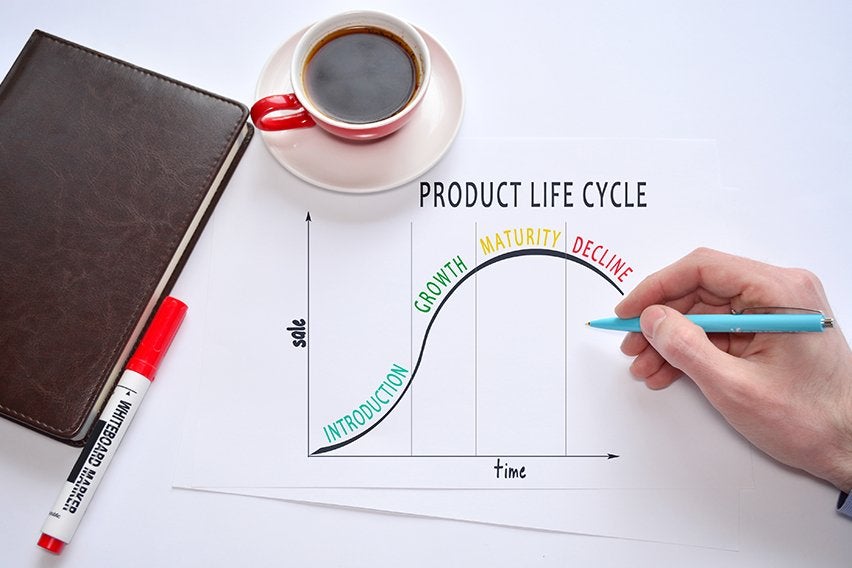
No matter what your product, there are four predictable life cycle stages: introduction, growth, maturity, and decline. Each product follows these stages through a varying pattern. If you’re involved in the creation or marketing of a product, you may want to learn more about maximizing a product’s life cycle. When you understand the theory behind the product life cycle, you can take measured steps to maximize success.
Here’s What We’ll Cover:
What Is Product Life Cycle Theory?
Product Life Cycle Theory Stage One: Introduction
Product Life Cycle Theory Stage Two: Growth
Product Life Cycle Theory Stage Three: Maturity
Product Life Cycle Theory Stage Four: Decline
Putting the Product Life Cycle into Practice
Examples of the Product Life Cycle
What Is Product Life Cycle Theory?
A product’s life cycle begins upon the first introduction to consumers. The life cycle ends when the product is no longer available for purchase. Raymond Vernon developed the theory in 1966 as a marketing strategy for understanding patterns in a product’s life. He proposed that there are four definite stages, although each product can pass through the stages following different timelines. One stage may last for days or weeks, while another stage lasts for decades.

Product Life Cycle Theory Stage One: Introduction
There is a stage that comes before introduction. Prior to introducing a product to consumers, a business must research, plan, and prepare. Once this is complete, the product life cycle begins as a business introduces a product for the first time. Traditionally, the introduction of a new product happened on physical store shelves in stores.
With advancements in technology, an introduction is increasingly digital. Technology poses pros and cons for the first stage of the product life cycle. It can catapult a product to success or stall the second stage because of noise in the market. During the weeks and months following introduction, a business team monitors a product’s demand. They do this by assessing consumer response and sales trends.
Most of the time, sales are low in the introductory stage of the product life cycle. Very innovative, anticipated, or disruptive products may explode in this stage, but that is rare. Success in the introduction phase is supported by:
- Education about the business brand and product
- Testing various channels to see where the product performs best
- Comparison to any competition on the market
Product Life Cycle Theory Stage Two: Growth
Growth occurs in the product life cycle when a product gets traction in the market. Sales increase, and so does profit. More people see and hear about the product, and so more people try it out. Ideally, people like the product and return to stores to purchase it again. For optimal growth, you should position a product as a unique solution to a specific consumer need.
Most sales happen when competition is low, and interest is high. As your product gains popularity, you may see competitors introduce similar products in an effort to get in on the profit. If your product has a unique design, it is important to get patents that protect duplication that dilutes your ability to market the product uniquely. It is crucial that businesses invest in marketing the product during this stage to maintain momentum because this is the stage when the most sales usually happen across the entire product life cycle.
Product Life Cycle Theory Stage Three: Maturity
Maturity happens once a product reaches its peak. It is now well-known among consumers and may be available in many physical and online storefronts. Ideally, marketing worked well, and most people who would be interested in your product tried it and liked it. There’s not much room for growth if all efforts are exhausted, and business teams have to work hard at keeping a product relevant to consumers.
Relevance may require tweaks and innovations that improve how a product functions. These improvements likely come from consumer feedback. The goal in the maturity phase of the product life cycle is to maintain the level of sales so that the product doesn’t lose momentum. Challenges of this stage include:
- More competitors offer similar products
- Consumers want newer, better solutions
- Marketing can cost a lot of money
Product Life Cycle Theory Stage Four: Decline
A product enters the decline stage of the life cycle when marketing no longer sustains sales. Marketing begins to cost more than the profit a product brings in. As a result, businesses choose to market a product less, contributing to lower sales as the product declines. A business may reduce the number of places that a product is available, investing resources in the most profitable channels.
The stage can happen naturally or be the result of competitors stealing focus. Some businesses choose to discontinue a product, while others allow the decline to happen at its own pace. While a few businesses rely on a single product, most don’t. It’s possible to have many products available for sale in various stages of the product life cycle. More profitable products may make up for products in the decline stage.
Putting the Product Life Cycle into Practice
A new product begins with an idea. Rather, it begins with a consumer pain point that someone experiences and then identifies a way to solve it. Before ever creating a product, you have to do a lot of market research and come up with a detailed plan for execution. It’s important to remember that there may be a lot of trial and error. The idea stage requires a lot of patience. Questions to ask include:
- What is the demand for a product/solution like this?
- Is there anything similar on the market already?
- If so, how is your product different?
- How cost-effective is production?
- What’s the best marketing strategy?
- Where will the product sell best? (Particular stores, online platforms, social media, etc.)
Did you know that studies show 95% of new products fail for one reason or another? That is why planning is crucial. You have to poke holes in your plan and problem solve challenges before ever introducing your product to the market.

RACE Planning Model
The RACE planning model aligns perfectly with the four product life cycle stages. RACE stands for:
- Reach
- Act
- Convert
- Engage
This planning stage correlates to introducing your product for the first time. Treat the first step of planning as an exploration. Reach out into the market and see how consumers respond. You should strive to reach as many people as possible using high-quality marketing channels that lend credibility to your brand.
In the second planning stage, you act on what you learned. It correlates to your product’s growth. During this period, you take everything you learned and put it into action. You want to convert consumers into your brand loyalists because they fuel your growth by sharing your product with others.
When your product reaches maturity, it’s time to pivot into the third stage of planning: purchase. You want to sustain your product at its peak for as long as possible. Promote sales with a focus on how much revenue is coming in and ensure that your product remains profitable.
Eventually, your product begins to decline. When this happens, it’s time to reign in your marketing spend. During this stage, you rely more heavily on brand loyalists to drive sales. It’s important to maintain contact with your key demographic to encourage recurring sales.
When you take this approach in marketing your product, you’re likely to experience success. Keep in mind that it’s important to be realistic during planning and execution. Optimism is great, but it can lead to missed opportunities. For example, if you ignore the first signs of a product’s decline, you may continue spending marketing dollars that lead to your product costing more than it’s worth to the business.
Examples of the Product Life Cycle
There was a time when VHS tapes were all the craze. Today, they are nowhere to be found – long past the decline stage. DVDs replaced VHS tapes, and after only a couple of decades, began to decline, too. Today movies and TV shows are primarily digital, housed on streaming services.
While some products come and go, others evolve. James Kirby created the first vacuum cleaner in 1906, a product still in demand today. But the vacuum cleaners of a century ago were vastly different. Brands continue to improve their vacuum cleaner offerings so that as one model is outdated, another is ready for introduction.
Key Takeaways
When you have a general understanding of the product life cycle, it’s possible to maximize your marketing efforts and create a highly efficient and tailored life cycle for your product. Keep in mind that you can reposition your product by learning along the way and making tweaks to product packaging, marketing messages, and product channels.
If you’re looking for more information like this, head over to our resource hub! We have plenty of articles just like this, ready for you to read.
RELATED ARTICLES
 What Is Residual Value & How to Calculate It?
What Is Residual Value & How to Calculate It?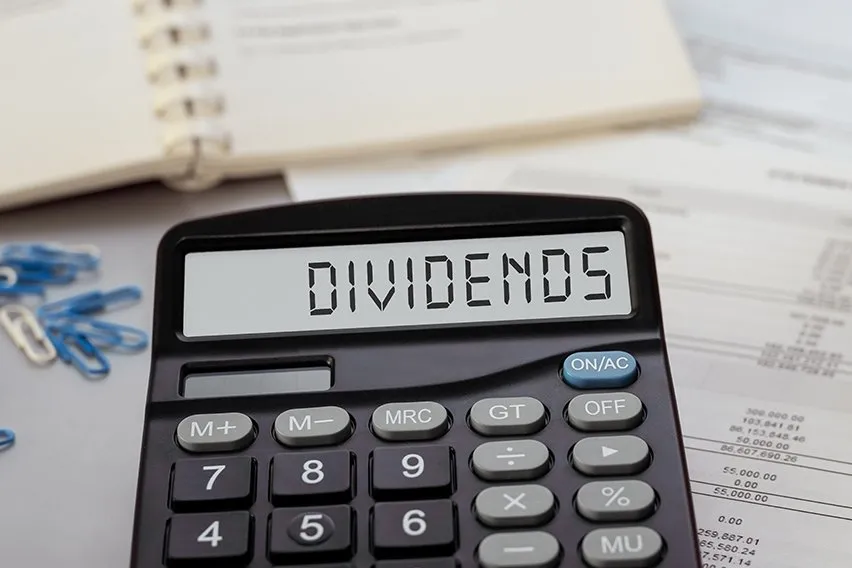 What Are Franked Dividends & How Does It Work?
What Are Franked Dividends & How Does It Work?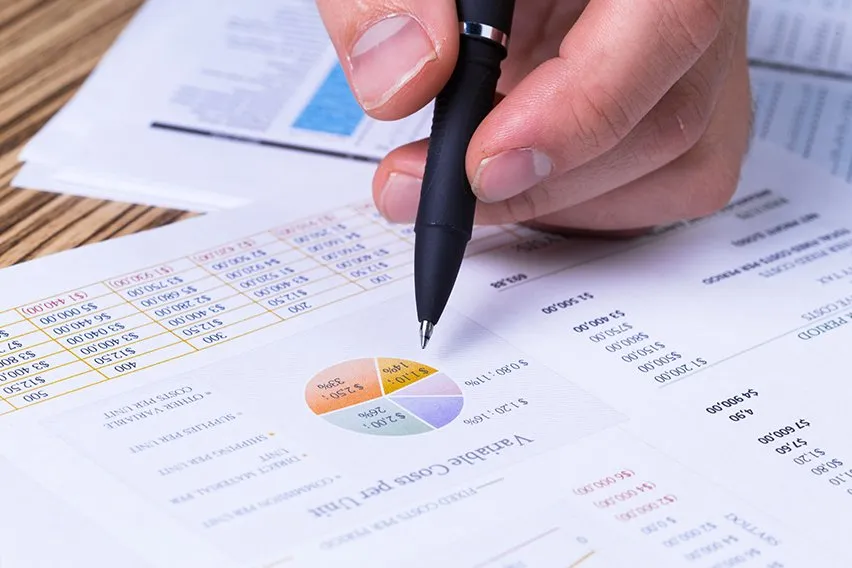 The Complete Guide to Ceteris Paribus
The Complete Guide to Ceteris Paribus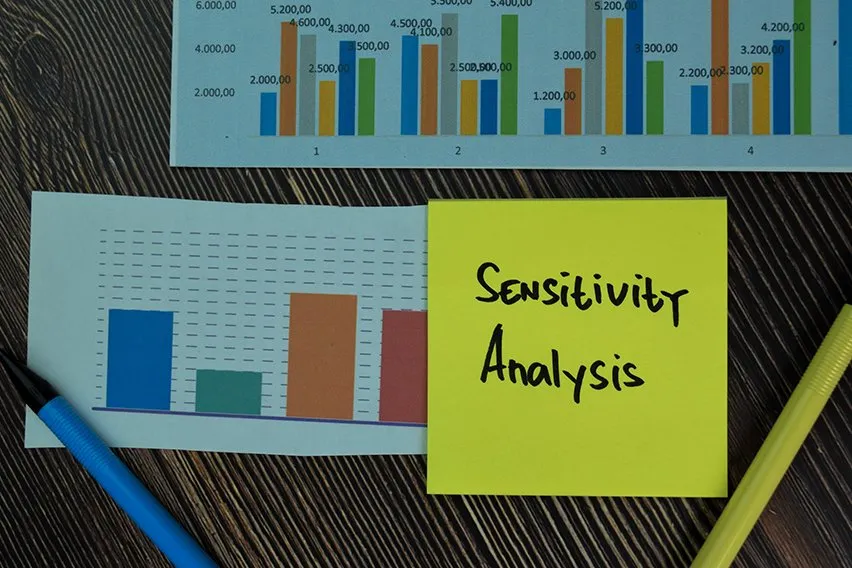 An Overview of Sensitivity Analysis
An Overview of Sensitivity Analysis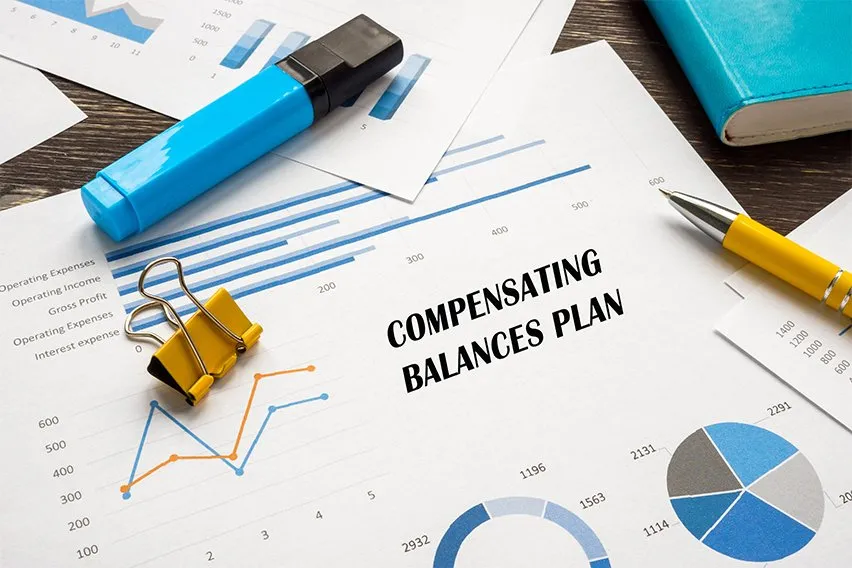 What Is Compensating Balance? Definition & Example
What Is Compensating Balance? Definition & Example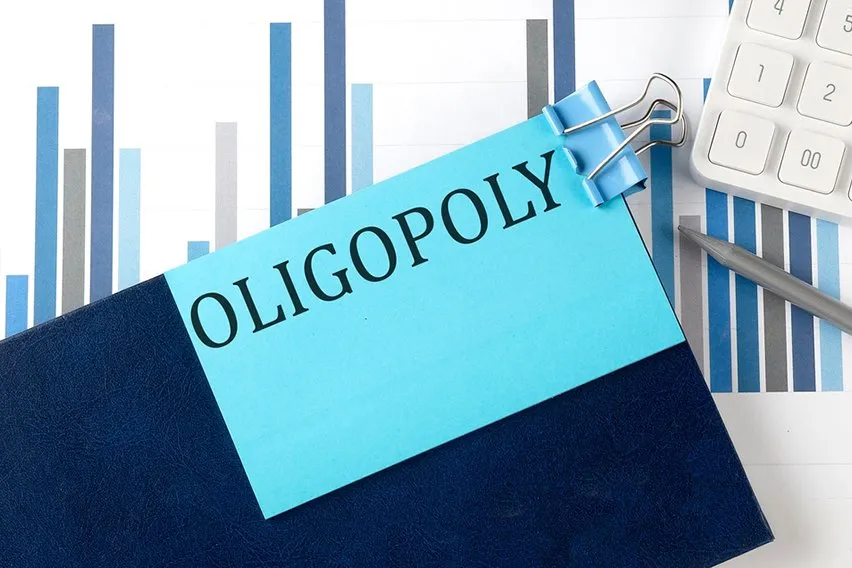 What Is an Oligopoly? Definition, Characteristics & Examples
What Is an Oligopoly? Definition, Characteristics & Examples